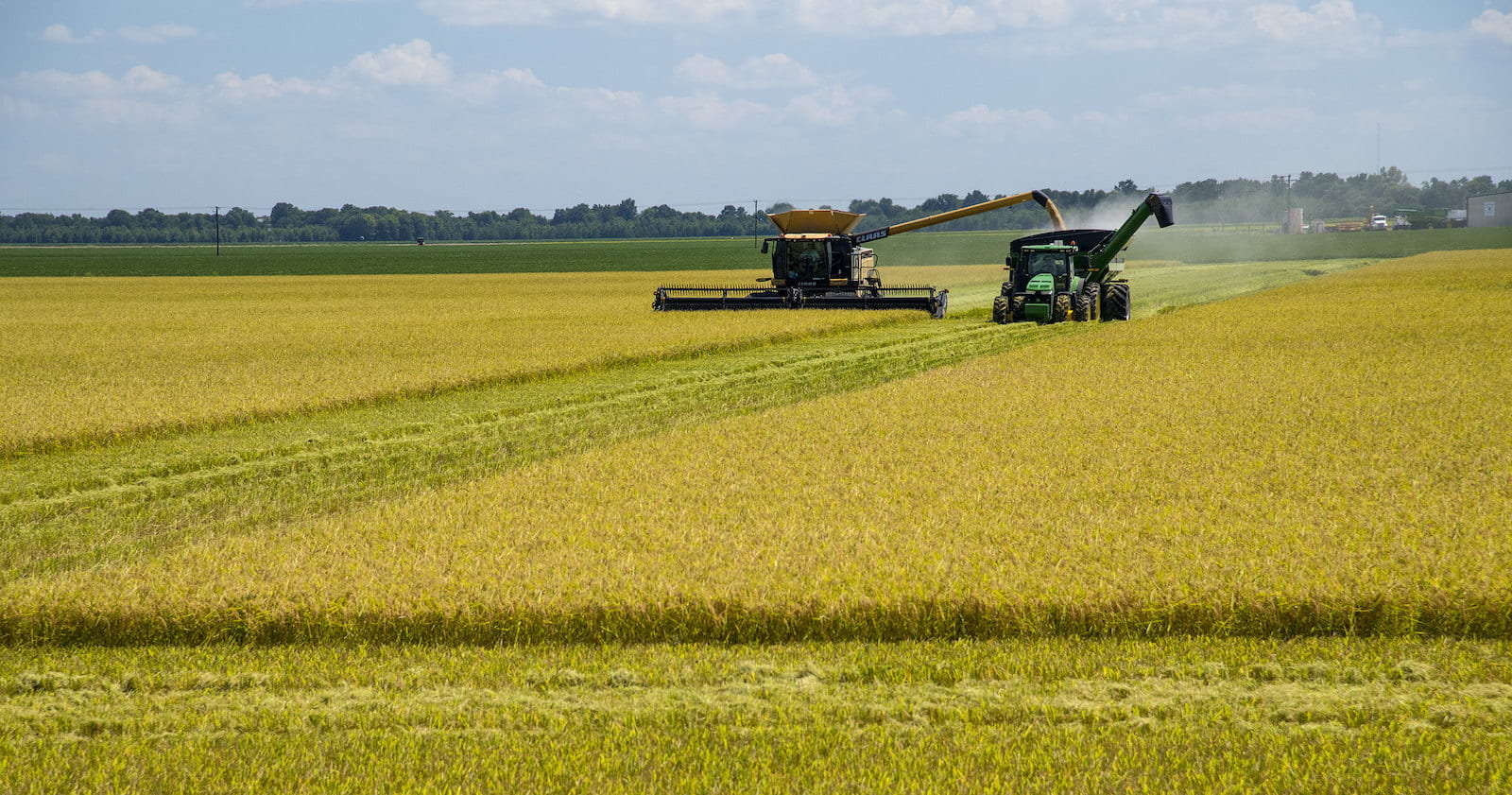U.S. Farm Bill Research Includes Arkansas Economists’ International Rice Baseline Report


Alvaro Durand-Morat
Assistant Professor of Agricultural Economics and Agribusiness
Contact Alvaro Durand-Morat
The Problem
Baseline reports help set the guardrails for budgeting the Farm Bill. Every several years, Congress votes on a new Farm Bill to govern an array of agricultural and food programs. Congress approved the last Farm Bill in December 2018. Negotiations for the next Farm Bill are expected to begin in early 2023, and policymakers get input from stakeholders in advance. Understanding market-driving forces and anticipating future paths is essential for planning and managing U.S. crops and resulting stocks.
The Work
Alvaro Durand-Morat, associate professor, and Subir Bairagi, adjunct assistant professor, both with the department of agricultural economics and agribusiness, used the Arkansas Global Rice Model, developed by the Arkansas Agricultural Experiment Station, to generate a baseline projection of the global rice economy. The partial equilibrium economic model covers more than 70 rice-producing, rice-consuming and rice-trading countries. The model uses a system of equations to represent each country’s rice economy, signifying rice demand, production, trade and prices for long-grain and medium-grain rice — the two most common types in global markets. Domestic support and trade policies are included in the model equations. The International Rice Baseline Report researchers use this projection to work with the Food & Agriculture Policy Research Institute (FAPRI) at the University of Missouri to put together overall baseline projections to ensure estimates for different commodities are internally consistent.

The Results
Pat Westhoff, director of FAPRI, said the various economic models for different commodities are closely connected through constant collaboration among institutions. He said the International Rice Baseline Report is an integral part of the analysis of agricultural markets and policies because it takes the lead in their projections for rice markets in the U.S. and other countries.
Based on the results from model simulations, global rice production and consumption will continue to grow stronger over the next decade. The model projects that global rice production will surpass consumption for most of the coming decade but that a small deficit in production may occur by the end of the projected decade. Projected yield improvements are expected to cause production to grow despite a reduction in rice acres.
Although per-capita rice consumption is expected to stagnate, worldwide population growth will cause a rise in rice consumption. International prices of long-grain and medium-grain rice are projected to increase nominally but will decrease in real terms because of inflation and ample rice supplies. The world rice production and consumption map will likely change over the next decade, with production decreasing in China, South Korea and Brazil and growing mostly in Tanzania, Madagascar, Egypt and Nigeria. Total rice consumption is expected to decline in Japan, South Korea and Brazil, but grow strongly in Iran, Madagascar and Nigeria. These rice production and consumption changes are projected to push global rice trade to new record levels.
The Value
Behind the scenes of the Farm Bill, agricultural economists with the Arkansas Agricultural Experiment Station contribute comprehensive information on the global rice market called the International Rice Baseline Report. This report establishes a baseline projection of global rice markets for the next decade and is one of only a few international outlooks available for rice. The baseline projections that Durand-Morat and Bairagi develop are an important part of the baseline report that FAPRI provides to the USDA. While policymakers primarily look to the Congressional Budget Office for long-range supply and demand and corresponding budget projections for all commodities, the CBO compares its numbers and considers baseline estimates from the USDA. From a policy standpoint, baseline projections like the International Rice Baseline Report are essential to develop farm bills and conduct trade negotiations, especially for a crop like rice, where half of it is exported. Understanding what happens to America’s trading partners helps American rice growers, exporters and policymakers make better decisions.
About the Researcher

Alvaro Durand-Morat
Assistant Professor of Agricultural Economics and Agribusiness
Ph.D. in Public Policy, University of Arkansas
M.S. in Agricultural Economics, University of Arkansas
B.S. in Agricultural Engineering, National University of Entre Rios, Argentina
Research specializes in rice economic modeling. He leads the Arkansas Global Rice Economic Program for the Arkansas Agricultural Experiment Station. His latest research focuses on the impact of production technologies and the impact of trade policies on the global rice market.
